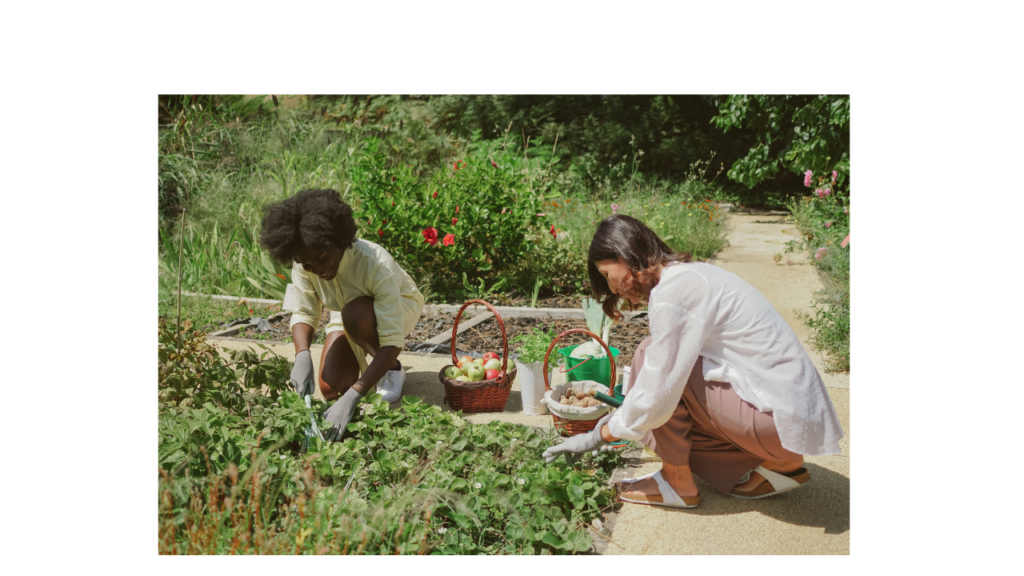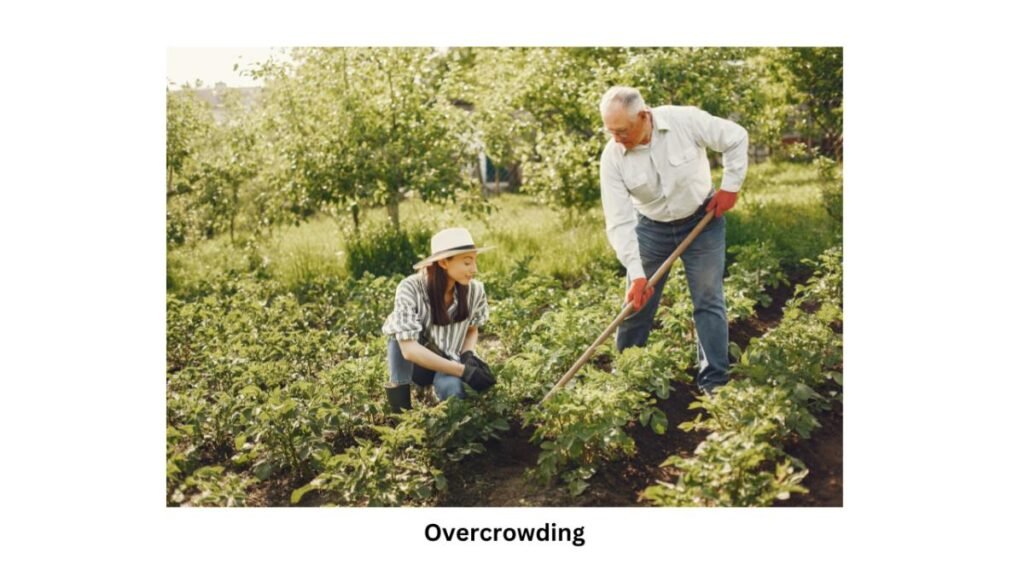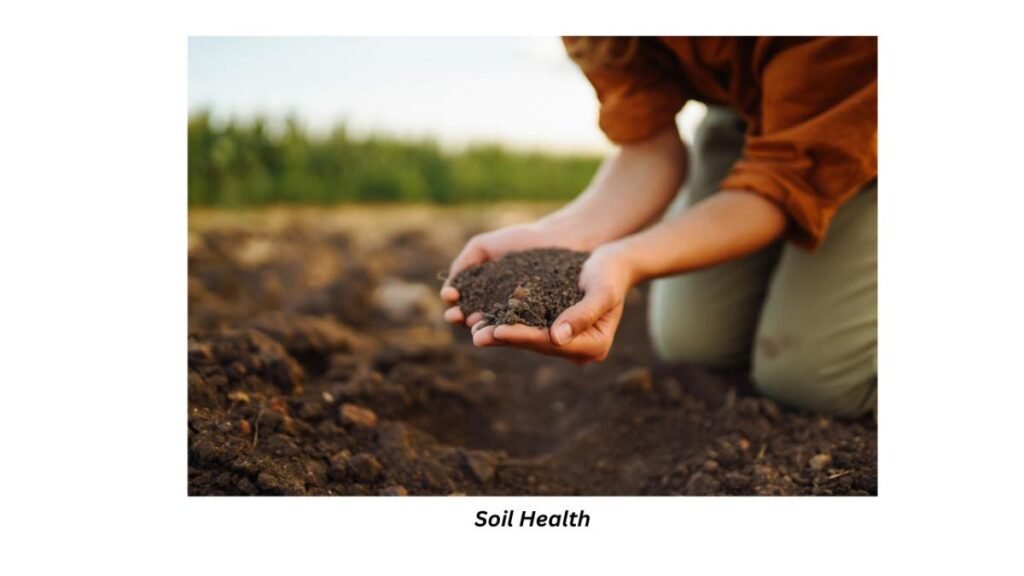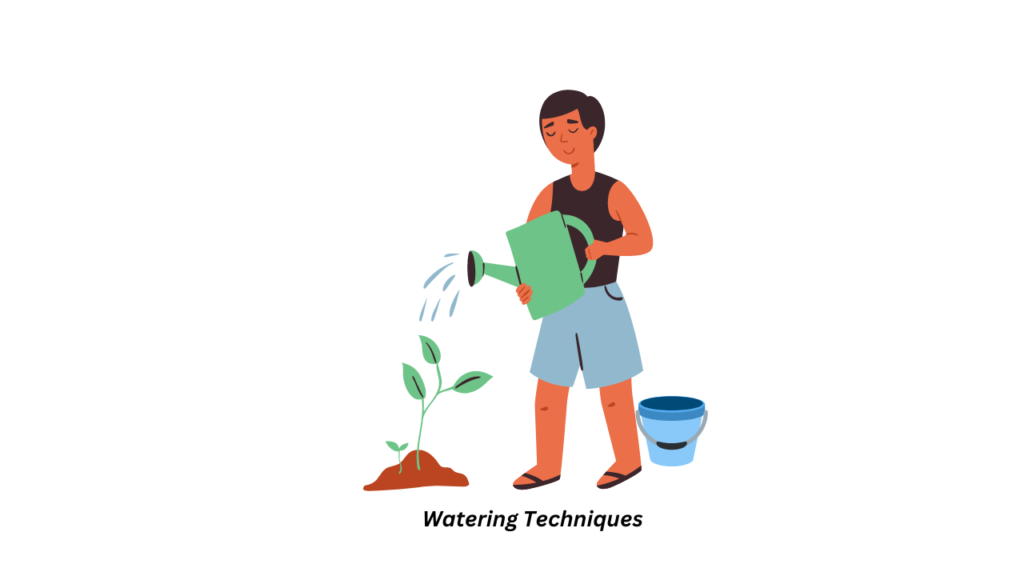Introduction:
Contents
- 1 Introduction:
- 2 I. Overcrowding: Creating Space for Your Flourishing Garden
- 3 II. Neglecting Soil Health: Nurturing the Foundation of Your Flourishing Garden
- 4 III. Improper Watering Techniques: Hydration Strategies for Your Flourishing Garden
- 5 IV. Ignoring Pest and Disease Management: Protecting Your Flourishing Garden
- 6 V. Not Planning for the Seasons: Seasonal Strategies for Your Flourishing Garden
- 7 Conclusion:
- 8 Read Our More Articles:- Clean your TV Screen using just this 5 superb steps.
Getting into Flourishing Garden is like embarking on a wonderful adventure that connects us with nature and brings us so much joy. But let’s be real, even the most well-meaning gardeners can sometimes make mistakes that stop our gardens from really thriving. So, in this article, we’re going to talk about five common gardening slip-ups and give you some down-to-earth advice to help you avoid them. We want your garden to be super healthy and happy all year round – that’s our goal here, to help you create a Flourishing Garden. Because who doesn’t want a garden that’s bursting with life and color, right? So, let’s dive in and get your garden on the path to flourishing!

I. Overcrowding: Creating Space for Your Flourishing Garden

One of the most prevalent mistakes gardeners make is overcrowding their garden beds. It’s tempting to squeeze in as many plants as possible, anticipating a plentiful harvest. However, overcrowding leads to stunted growth, nutrient competition, and susceptibility to diseases.
To avoid this, give your plants adequate space based on their growth requirements. Consult seed packets or plant tags for spacing recommendations. Thinning out seedlings as they grow ensures room for mature plants to flourish, resulting in healthier plants and higher yields.
II. Neglecting Soil Health: Nurturing the Foundation of Your Flourishing Garden

Healthy soil forms the foundation of a successful garden, yet its significance is often overlooked. Neglecting soil health can stunt plant growth and increase vulnerability to pests and diseases. Testing soil pH, amending it with organic matter, and addressing drainage issues are crucial steps.
Assess your soil’s pH and nutrient levels regularly, amending it as needed with compost or mulch to enhance fertility and structure. Aerating compacted soil and practicing crop rotation further promote healthy root growth and disease prevention.
III. Improper Watering Techniques: Hydration Strategies for Your Flourishing Garden

Watering is essential for plant growth, but improper techniques can harm rather than help. Overwatering leads to root rot and fungal diseases, while underwatering results in wilting and nutrient deficiencies.
Water deeply but infrequently, allowing the soil to dry out between waterings to promote deep root growth. Use a watering can or drip irrigation to water plants at their base, avoiding foliage to prevent fungal diseases. Timing watering sessions for the early morning or late afternoon minimizes water loss through evaporation.
IV. Ignoring Pest and Disease Management: Protecting Your Flourishing Garden
Pests and diseases can wreak havoc on a garden if left unchecked. Aphids, caterpillars, and powdery mildew are common nuisances that can devastate crops if not managed effectively.
Maintain good garden hygiene by promptly removing plant debris and weeds, and encourage natural predators like ladybugs to control pest populations. Organic pest control methods such as neem oil and companion planting offer effective solutions without harming beneficial insects.
V. Not Planning for the Seasons: Seasonal Strategies for Your Flourishing Garden
Seasonal planning is essential for a successful garden. Failing to align planting schedules with the seasons or prepare for seasonal changes can lead to disappointment and wasted effort.
Create a garden calendar outlining planting and harvest times, as well as seasonal tasks like pruning and mulching. Research your local climate and growing conditions to select suitable crops for each season. By planning ahead and adapting to seasonal changes, you can optimize your garden’s productivity and enjoyment.
Conclusion:
In conclusion, gardening is a journey of learning and growth. By avoiding common mistakes such as overcrowding, neglecting soil health, improper watering techniques, ignoring pest and disease management, and failing to plan for the seasons, you can nurture a garden that flourishes year-round. Implementing the tips provided in this article will not only enrich your garden but also bring joy and satisfaction to your gardening endeavors. Happy gardening!












Nice
Thanks Ankita
Thanks for sharing. I read many of your blog posts, cool, your blog is very good.
Thanks
Thanks for sharing. I read many of your blog posts, cool, your blog is very good.